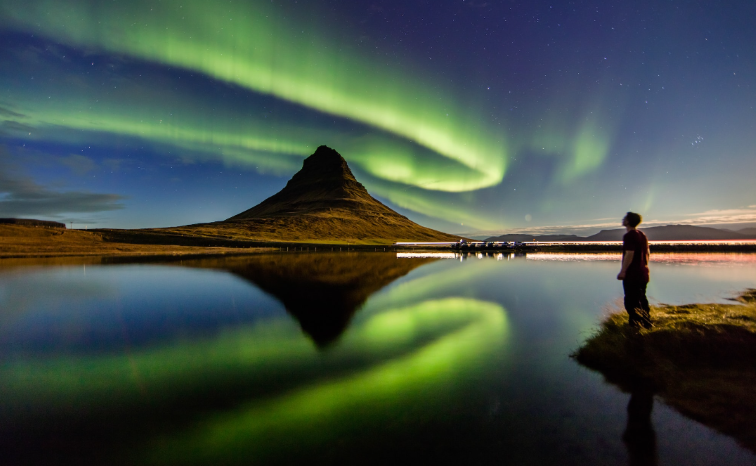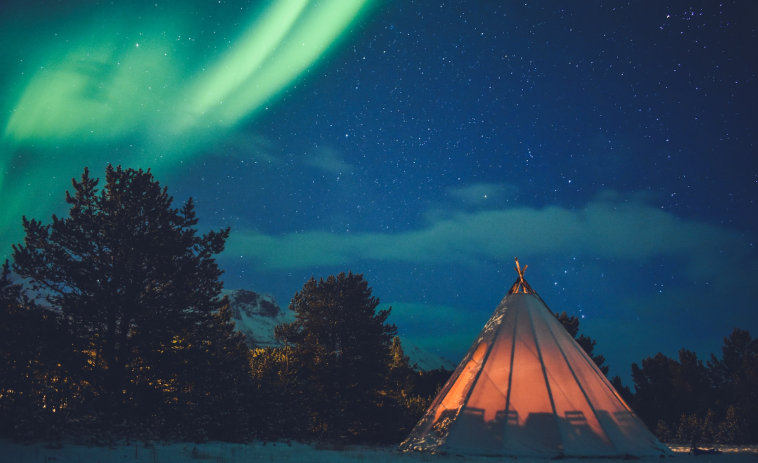Binocular Care 101 and Aurora Borealis Forecast

Binoculars are a precious instrument in every astronomer’s home and they require some basic knowledge and certainly some heartfelt attention. Here are some tips!
- Do not leave binoculars out in the Sun
Heat can damage the protective layer on the lenses, and plastic parts can easily bend and warp. In heat, the grease for lubricating the sliding surfaces of the binoculars tends to leak, and it is necessary for the good functioning of your binoculars.
- The sacred rule for keeping optical instruments is: never touch the optical surfaces with your fingers. Never!
Even the driest and cleanest fingers are greasy enough to leave a mark on the optic. If you do happen to leave prints, then clean them with a soft cotton cloth and a shampoo for wiping glasses or a special liquid for wiping optical surfaces (ask at an optician).
- When you are not using the binoculars, don’t be afraid to put them away. And the best place to store your binoculars is in its original case or case in which it was delivered to you.
If you don’t have something like that, make it yourself. The main thing is that the binoculars are protected from dust, then from extreme temperatures and also from mechanical shocks.
- Speaking of mechanical shocks, know that binoculars are usually very sensitive to them. And a small, awkward bump can throw it out of alignment, causing a double image when viewed through it. It is very unpleasant for the observer and leads to eye fatigue.
Avoid hitting the binoculars, don’t be mean.
- Finally, never open the binoculars yourself!
Leave that to an expert. Some binoculars are filled with gas that will leak out when the body of the binoculars is opened improperly and cause permanent damage.
Who will catch the aurora borealis?
The aurora borealis (aurora australis in the Southern Hemisphere) is a play of multicolored, luminous wonders in the night sky, and is created as a result of the fight between the Earth’s electromagnetic forces and those coming from the Sun.

Depending on the activity of the Sun and the seasons on Earth, there are periods when the chances of the aurora being visible at moderate latitudes are higher. At the end of winter and the beginning of spring, we are in the period of the best prospects for heavenly scenes.
Meteorologists, and especially astronomers, are the most common aurora sightseers. The very nature of their work requires observation of the sky.
Today, when we have access to space weather databases from all over the world, there are forecasts that help us a lot in calculating the probability of the appearance of the aurora borealis, that is, the area from which it will be visible.
American NOAA or Russian IZMIRAN are the right addresses for all those who decide to go hunting for the aurora borealis.
The regions near the northern polar circle have turned this natural phenomenon into a real business, a tourist attraction.

In the north of Norway, Sweden, Finland, the Russian Federation, Canada, there are tourism products with complete infrastructure and guides that offer guests to sleep in glass igloos with a view of the snow-ice environment and unpolluted sky.

